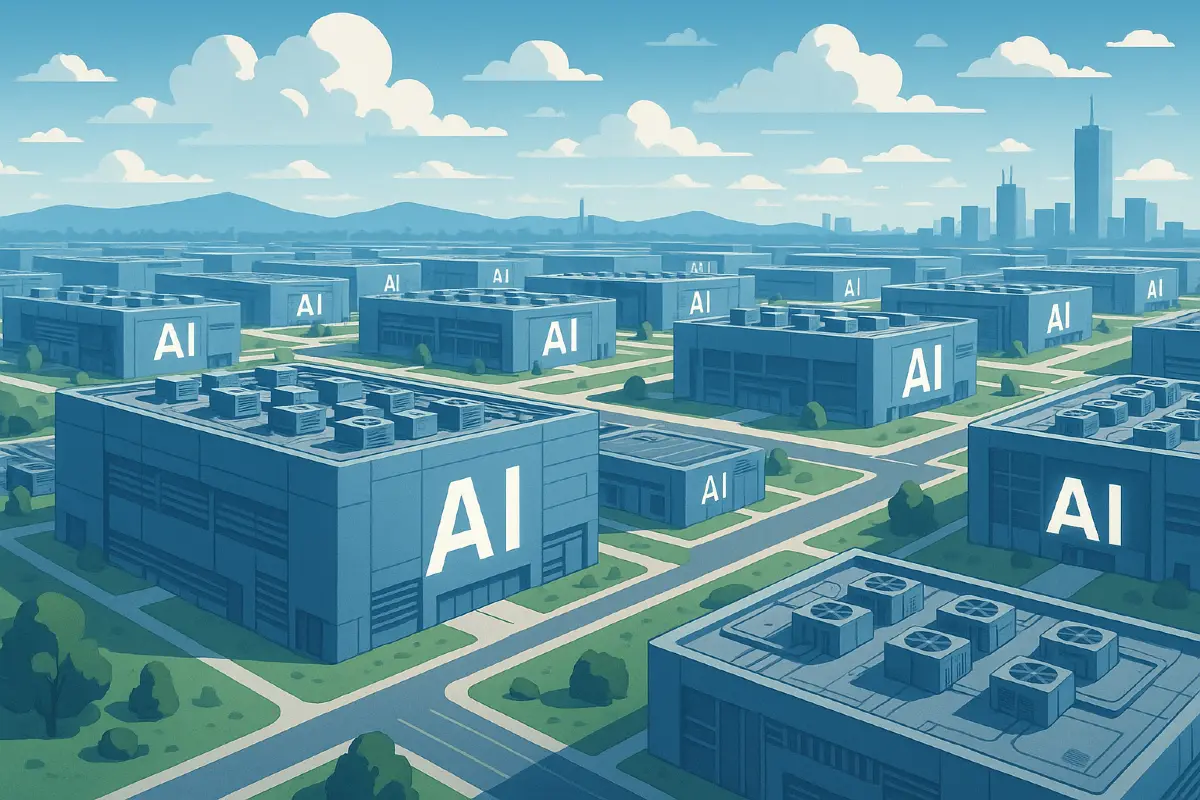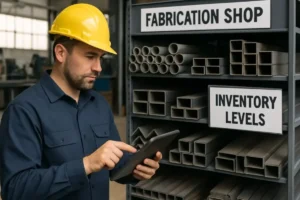
How AI Data Centers and Manufacturing Are Transforming Industry Growth
The rapid expansion of artificial intelligence and the changing global supply networks are having a huge impact on industrial growth throughout the United States. Texas is becoming a crucial location for two simultaneous phenomena that are changing the economy: the rise of AI data centers and the return of American manufacturing.
Contents
The AI data center boom is reshaping digital infrastructure
The AI data center boom is fundamentally transforming digital infrastructure, driven by insatiable demand for computing power. These specialized facilities, optimized for AI workloads, are evolving quickly to meet various demands.
Traditional air-cooled racks are giving way to liquid-cooled systems as power densities skyrocket from 40kW to 130kW per rack, with some projections reaching 250kW. Tech giants like Microsoft and Amazon are pouring hundreds of billions into construction, with hyperscale campuses now measured in gigawatts rather than megawatts.
What’s striking is how this revolution is reshaping everything from energy grids to real estate. Data centers are becoming power plants in their own right, with some operators building private substations and exploring small modular nuclear reactors, and many companies, like Peinado Construction, are building these data centers with exceptional quality and safety in mind.
Geographic hotspots like Texas and Virginia are booming, while power constraints force innovation in secondary markets. This infrastructure is becoming the foundation for an entirely new technological era, with ripple effects across energy policy, urban development, and global competitiveness.
Why is Texas the new industrial frontier?
Texas has become a magnet for businesses looking to grow, and it’s easy to see why. The state offers low taxes, plenty of land, and a regulatory climate that favors development. Add to that a growing, skilled workforce and a central location that makes distribution easier, and Texas starts to look like a no-brainer for manufacturers and tech companies alike.
Cities like Dallas, Austin, and San Antonio are booming with new projects, especially in AI data centers and advanced manufacturing. It’s not just growth for the sake of growth—it’s smart, strategic investment that’s reshaping the future of American industry.
Policy shifts and tariff influence
Over the past few years, shifts in trade policy—especially the introduction of tariffs during the Trump administration—have made companies take a closer look at where and how they operate. While the politics around tariffs can be divisive, the practical result has been a noticeable push toward bringing manufacturing back to the U.S.
For many businesses, avoiding overseas uncertainty and extra costs just makes sense. These policy changes, combined with rising labor prices abroad and supply chain disruptions, have encouraged a fresh wave of domestic investment, creating new opportunities in places like Texas and across the American industrial landscape.
Long-term benefits
Bringing manufacturing and tech infrastructure back to the U.S. isn’t just good for business—it’s good for communities, too. Companies benefit from more control, faster turnaround times, and reduced supply chain risks. At the same time, local economies see job growth, new career opportunities, and investments in roads, schools, and services.
When a data center or manufacturing plant opens, it creates ripple effects, boosting nearby businesses and attracting talent. As more industries invest in American soil, especially in states like Texas, they’re laying the groundwork for stronger, more resilient communities for years to come.
What’s happening across the U.S.—and especially in Texas—is more than just a business trend. It’s a shift toward building smarter, more secure foundations for the future. With AI pushing technology forward and companies bringing manufacturing home, we’re seeing real change take shape in steel, concrete, and community. It’s an exciting time, not just for industry, but for the people and places that stand to grow with it.


